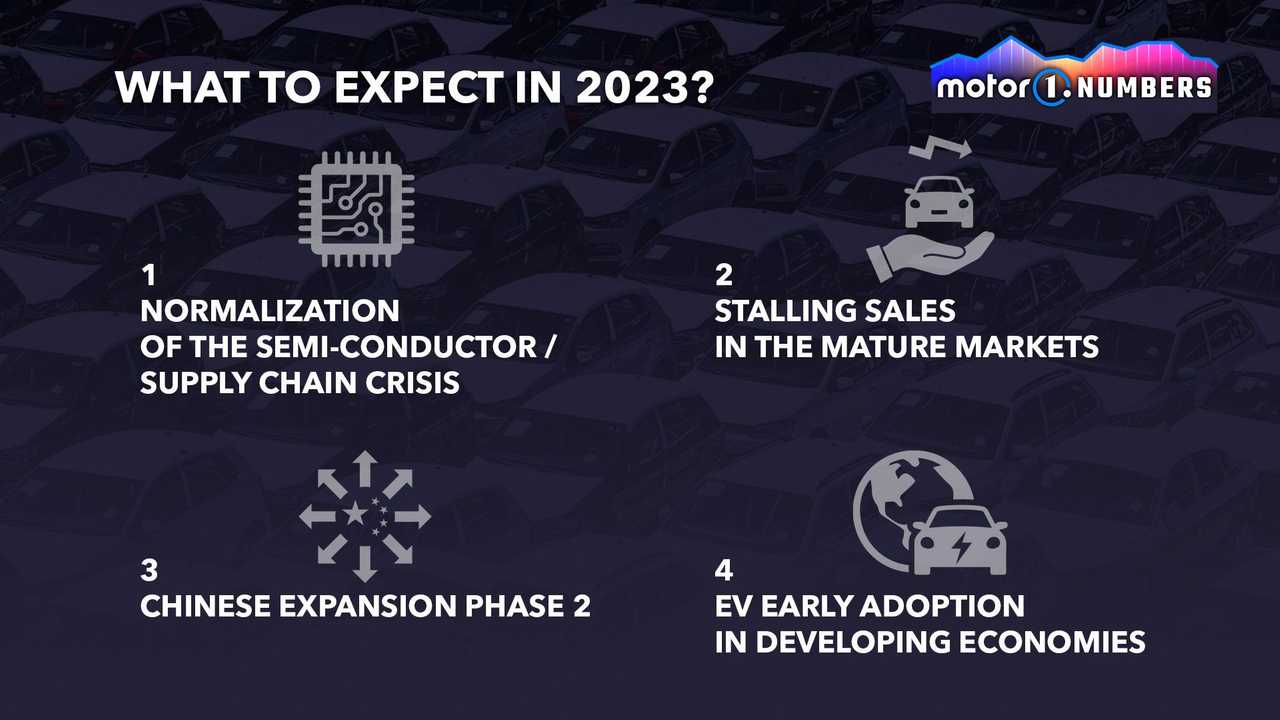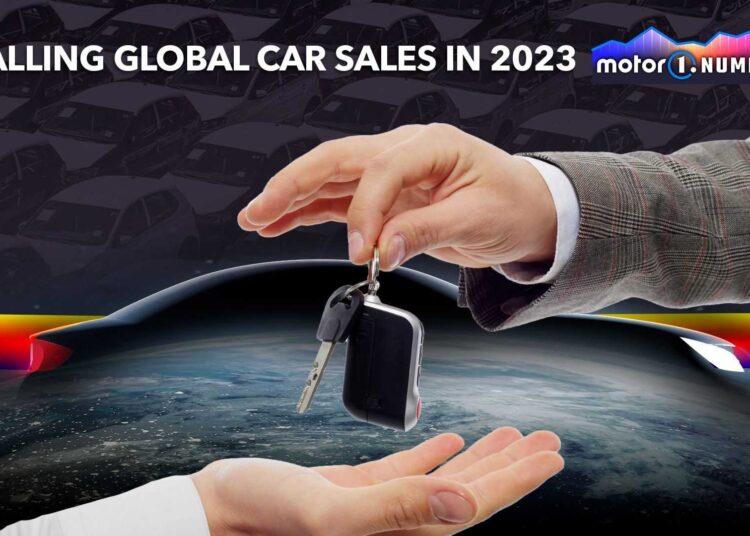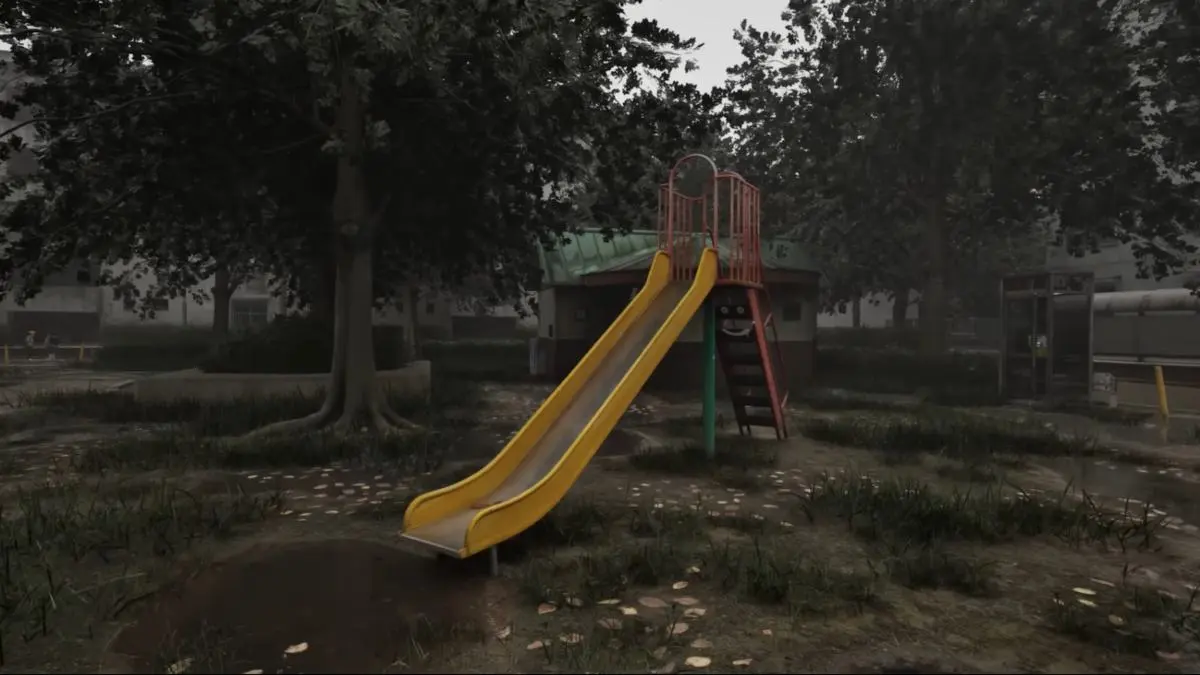Global auto sales have faced several challenges over the past three years. First came the pandemic and the lockdown. Then came the semiconductor and supply chain issues. In 2022, the Russian invasion of Ukraine made life even more difficult for the health of the industry.
In the new year, the automotive industry is heading towards another 12 complex months due to the continuous geopolitical tensions and inflation around the world.
According to my research and forecasts, the global sales volume of passenger cars, light commercial vehicles, and pickup trucks is expected to remain stable in mature markets. In developing countries, there could be mixed results.
In 2022, estimates for global vehicle sales are around 79.4 million units, or 1.9 percent less than in 2021. In 2023, according to various assumptions, sales are expected to be between 79 and 81 million units.
Growth Driven By China Snd India
The positive forecasts are mainly explained by the expected increases in registrations in China and India, the world’s first and fourth-largest new vehicle markets. In China, the increased push on electrified cars with greater supply and the recent reopening of the economy are expected to boost sales by 8 percent, and 12 percent by the end of the year.
India is set to accelerate its growth and move closer to Japan, the world’s third-largest market. As the government continues with economic reforms and a large part of the population moves into the middle class, the vehicle market is expected to continue to expand. The Indian car market is already receiving a lot of Chinese investment and more Made in China car brands are coming soon.
Stalled Sales In The US And Europe
The situation in some mature markets is not very promising. As inflation problems continue in the US and Europe, sales are expected to remain flat or grow by very small percentages. In the United States, volume is not expected to exceed 14 million units. While demand is responding positively to newly available electric vehicles, most consumers are still reluctant to switch from internal-combustion vehicles to EVs.

In Europe, there is still uncertainty about the economic situation, the war in Ukraine, and the increase in car prices. Growth is not expected to exceed 3 percent by the end of 2023. Despite the strong EV boom, driven in part by public incentives and more competitive offers, consumers are finding it increasingly difficult to afford more expensive cars.
Russia, The Dark Spot
Russia and its economic deterioration will be responsible for much of the negative side of this story. In 2022, preliminary sales volume decreased by 65 percent compared to 2021. In 2023, sales are expected to continue to decline, but at a more moderate rate between 10 and 15 percent. However, it will be the year of the invasion of Chinese cars in and around Moscow.
The author of the article, Felipe Munoz, is an Automotive Industry Specialist at JATO Dynamics.
Read the full article here


























